Ten Stunning Photos of the Super Blood Wolf Moon Lunar Eclipse
A lunar eclipse was visible across much of the world last night, bathing the moon in a reddish glow
Last night, much of the Western Hemisphere enjoyed one of the most spectacular natural phenomena to occur in the sky, a total lunar eclipse. During such an eclipse, the Earth, moon and sun align such that the Earth blocks the sunlight from reaching the surface of the moon, casting the lunar surface in shadow. When the central part of the Earth’s shadow, called the umbra, covers the moon, the only light that reaches the lunar surface has been filtered through Earth’s atmosphere, which strips out the blue wavelengths and casts the moon in a red glow.
For this reason, total lunar eclipses are frequently called blood moons. The January 20 and 21 blood moon happened to coincide with lunar perigee, or the moon’s closest point to Earth when it appears largest in the sky—informally known as a super moon. The naming of total lunar eclipses also sometimes borrows from the Farmer’s Almanac, which identifies the first full moon of January as the “Wolf Moon.” The origin of the term “wolf moon” has been attributed to both Native American and Anglo-Saxon cultures.
And so, on January 20 and 21 of 2019, the world enjoyed a Super Blood Wolf Moon. Photographers across the Americas and Europe stayed up late, or got up early, to capture the astronomical sight hovering over notable landmarks and skylines. The next total lunar eclipse—to say nothing of the other modifiers—will not light up the night sky until May 26, 2021.
/https://tf-cmsv2-smithsonianmag-media.s3.amazonaws.com/accounts/headshot/bennett.jpg)
/https://tf-cmsv2-smithsonianmag-media.s3.amazonaws.com/filer/24/57/24575b70-70d9-42f7-98ab-2544e02a03fc/gettyimages-1085779554.jpg)
/https://tf-cmsv2-smithsonianmag-media.s3.amazonaws.com/filer/5b/30/5b307da3-004c-46f7-876b-2d200d550579/ezgifcom-resize.jpg)
/https://tf-cmsv2-smithsonianmag-media.s3.amazonaws.com/filer/f1/d8/f1d85772-399f-40fd-b519-d32de5f67496/gettyimages-1085727088.jpg)
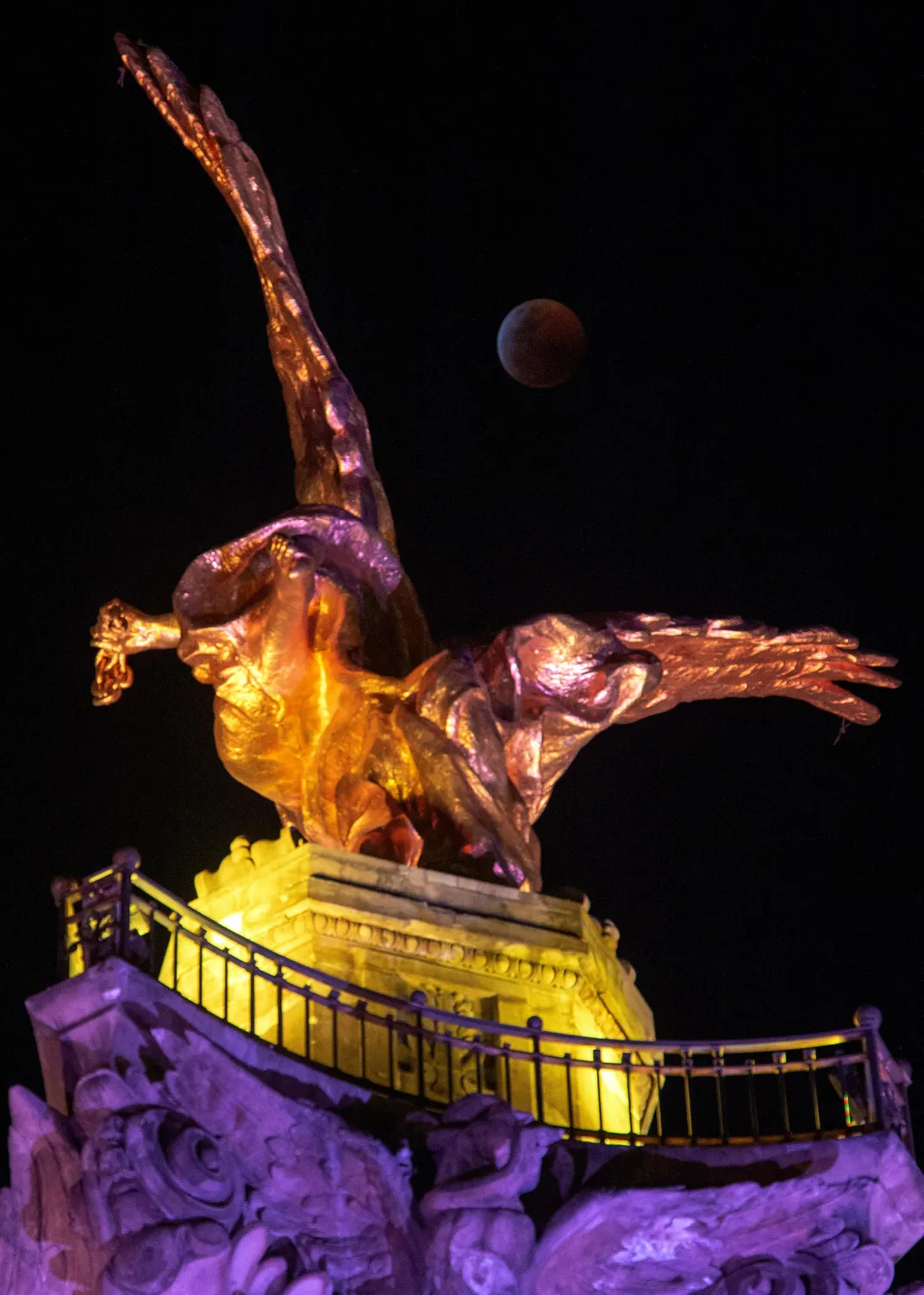
/https://tf-cmsv2-smithsonianmag-media.s3.amazonaws.com/filer/cc/63/cc63fc14-4066-4324-b6a2-551e3b308e42/gettyimages-1085721722.jpg)
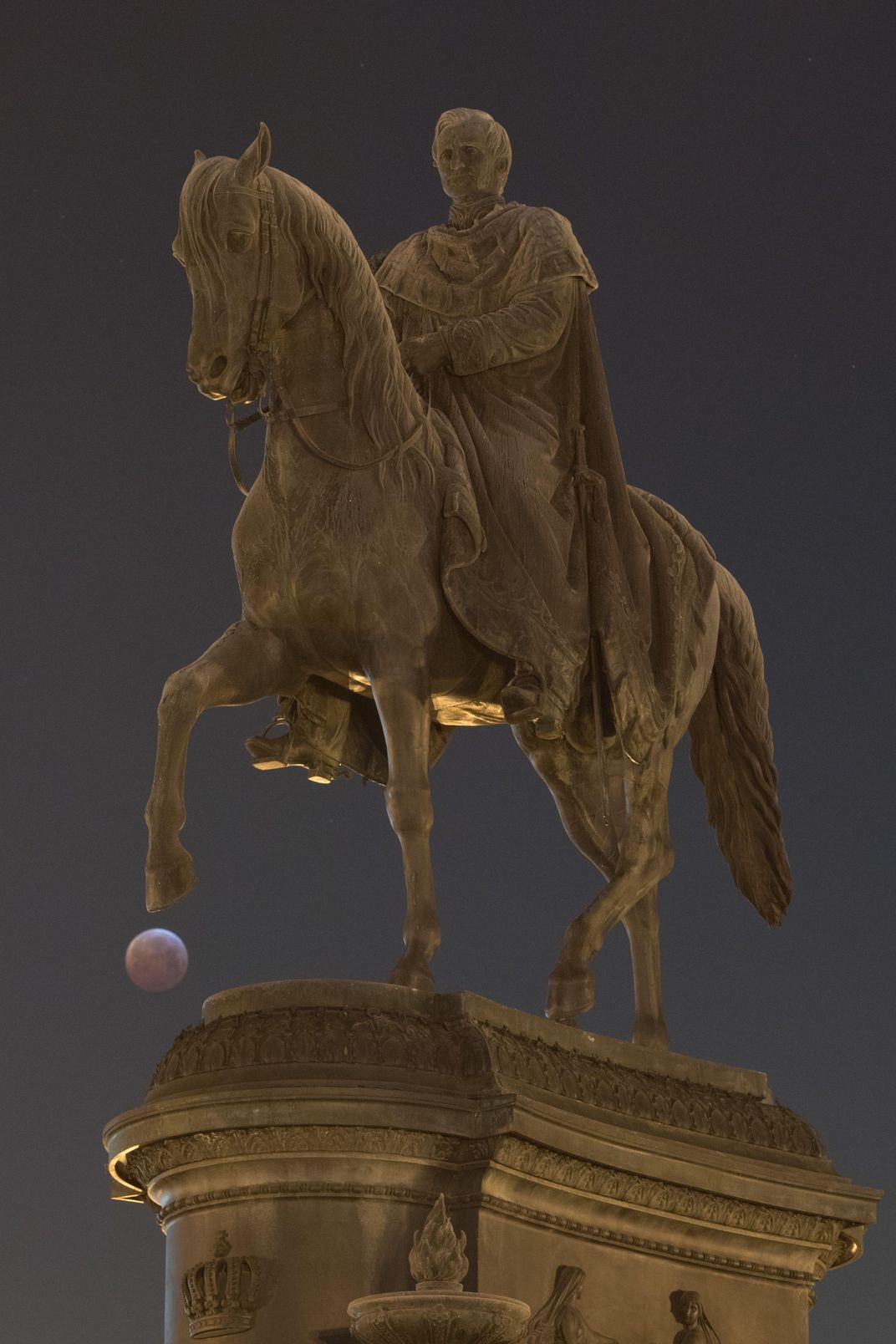
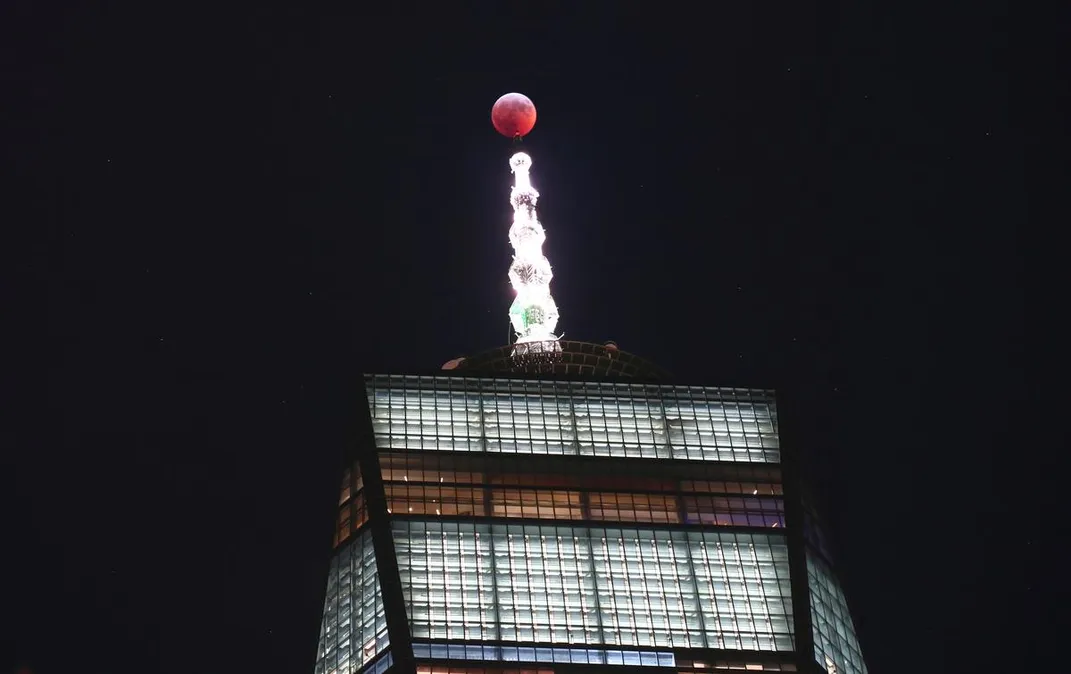
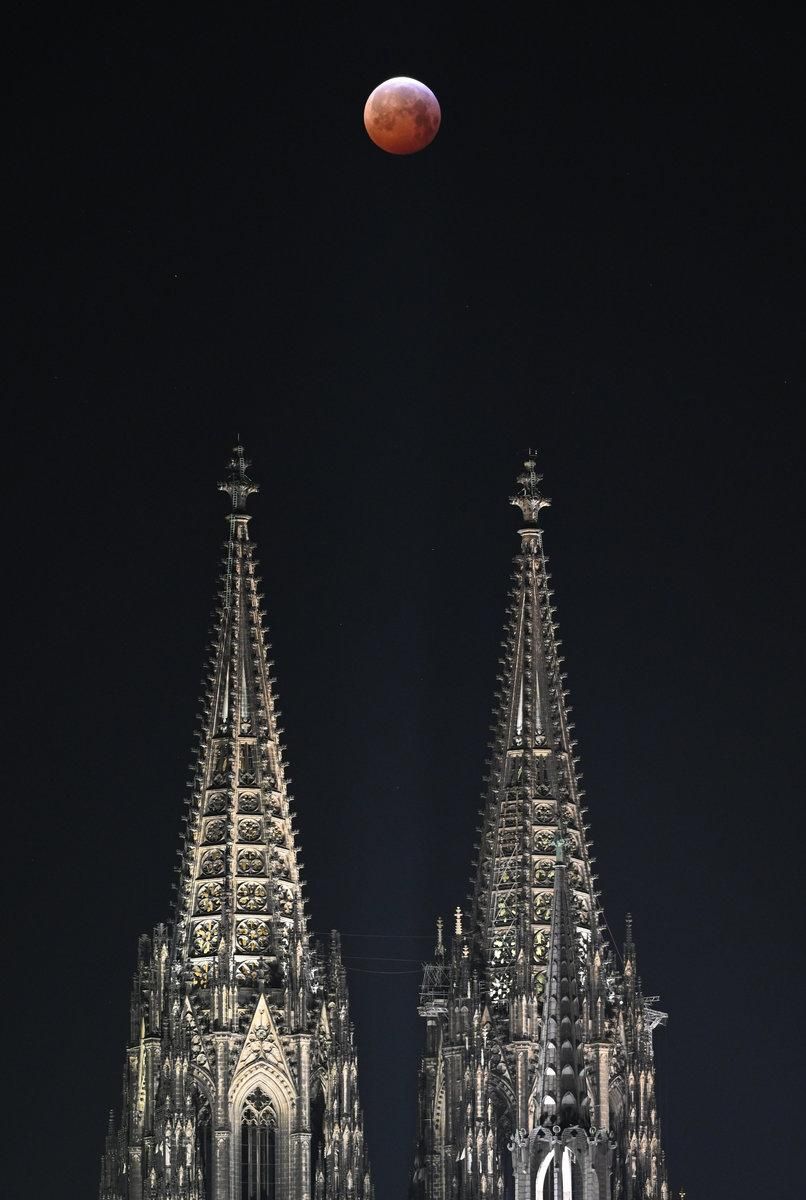
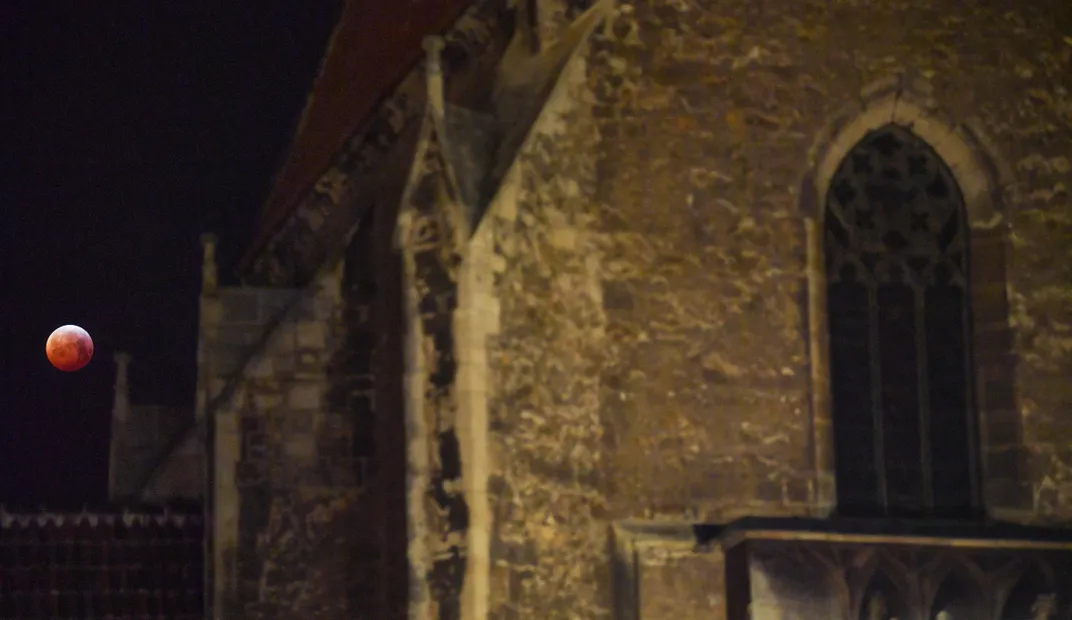
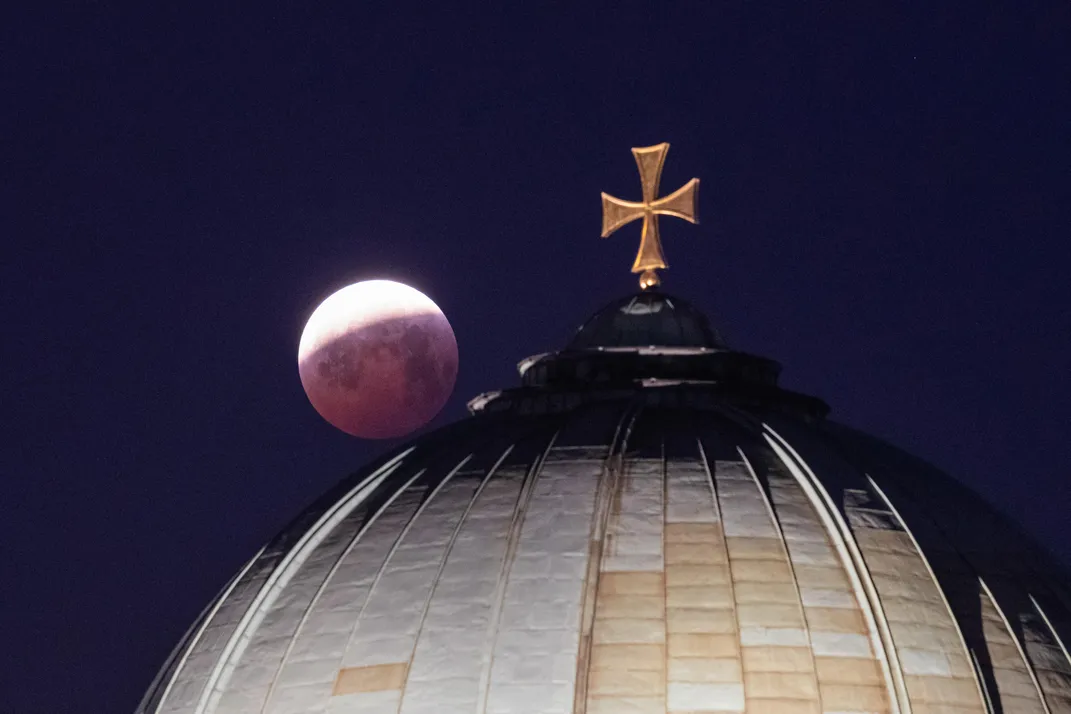
/https://tf-cmsv2-smithsonianmag-media.s3.amazonaws.com/accounts/headshot/bennett.jpg)